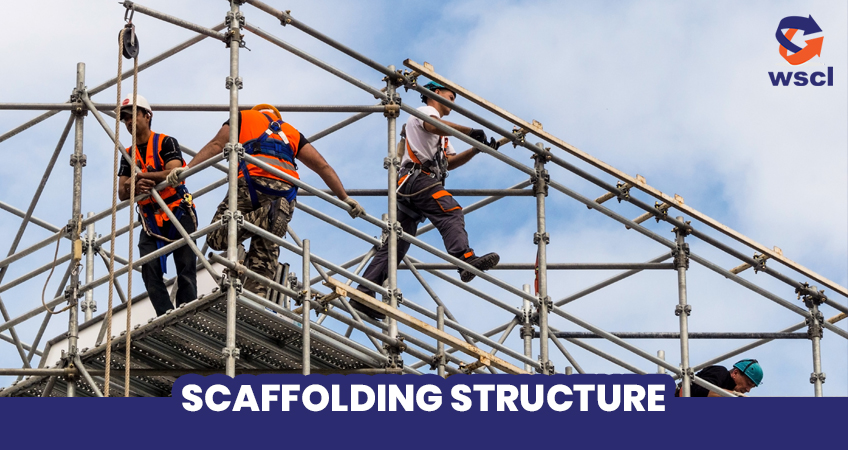It’s necessary to use scaffolding when constructing a building as a way to provide external structural support for the building-in-progress and the people who are hard at work. Scaffolds are commonly used in construction work so workers have a safe, stable work platform when work cannot be done at ground level or on a finished floor. European standards require that scaffolding adheres to performance requirements and structural design methods.
Scaffolding in Southampton – Call: 02392 983 804, 07766 456 851
The same basic elements apply to how it’s built while there are numerous kinds of scaffolds available for working on various buildings and structures. However, the manner of their design and the way scaffolding parts and elements fit together can differ. It’s important to learn more about the scaffolding parts list so you can better understand the structure, its benefits, and how it works.
Standards (Uprights)
A standard is the vertical posts or members of the framework, which are also called uprights. The standard runs the length of the scaffolding. It consists of a long pipe or tube that connects the mass of the scaffold directly to the ground (or embedded into the ground).
Ledgers
The ledgers are the horizontal members, running parallel to the wall. They are located in between each standard. Their purpose is to add further support and weight distribution. Ledgers are available in various lengths to provide the desired grid dimension for scaffolding or formwork.
Braces
Braces are another important part of the scaffolding structure to be aware of. These are diagonal members fixed on standards. The bracing system may include cross braces, façade braces, and additional couplers. The braces are often used in a combination of ways to support the structure even further.
Putlogs
Couplers help connect structural elements together and come in a variety of options. A right-angle coupler should be used to connect a ledger or transom to a standard. If a transom supports a board and must be connected to a ledger, a putlog or single-coupler should be used. It will connect the ledger to the transom. Essentially, these are the transverse members, placed at right angles to the wall with one end supported on ledgers and the other end on the wall.
Transoms
Transoms are putlogs where both ends are supported on ledgers in double scaffolding. You’ll find them sitting on top of ledgers at a right angle. They come in many different forms. The main transoms act to provide support for standards by holding them in position. To help with additional board support, you’ll find intermediate transoms placed alongside main transoms. Transom spacing is determined by the thickness of the boards supported.
Bridle
A bridle is a feature used to bridge openings. A vertical inside tube crossing the opening is attached to the scaffold by a transom, and a horizontal crossing tube on the outside called a bridle tube. The gaps between the tubes and the structure surfaces are packed or wedged with timber sections to ensure a solid fit.
Boarding
Boarding refers to the planks on which workmen stand and can move around. These are a horizontal platform to support not only workmen, but also material for the job. They’re supported on putlogs.
Guard Rail
A guard rail is a rail that sits at about one m level to guard the men working on the boarding. It’s easy to install and is used to keep scaffold safe and prevent accidental falls. It’s especially important if your project requires you to be working at elevated heights.
Toe Board
Toe boards are boards placed parallel to boarding near the wall to give protection to workers. It’s a small vertical barrier or tiny wall attached to a raised floor or raised platform. It usually measures between 4 and 12 inches, which prevents people or objects from falling over.
Base Plate or Sole Plate
Base plates or sole plates help to distribute the weight each standard bears. You’ll find in a scaffolding structure that each standard connects to a base plate. The base plate has a shank in its centre to hold the tube and is sometimes pinned to a sole board.
Conclusion
You should now be able to answer the question in reference to, what are the main parts of scaffolding. These scaffolding components will ensure that you and your workers are kept safe and secure while using this structure. You need all of these parts to be present and in working order to help you perform your job better and not have to worry about accidents and falls. You can use this knowledge to look over your scaffolding structure and ensure that it’s properly constructed and will be suitable for your job.

